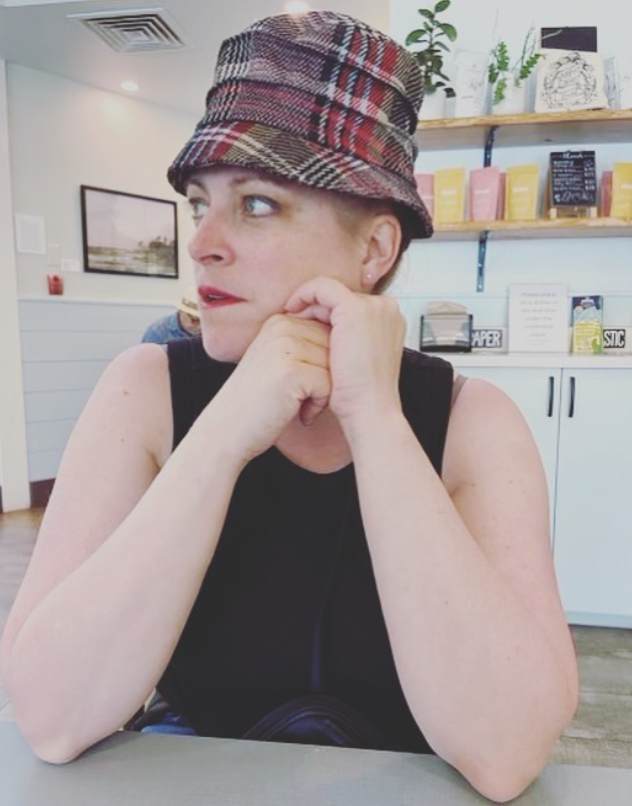Read Alouds, Webinars, Billie Eilish…OH MY!

The other day I was listening to Lester Laminack talk about the importance of the Read Aloud.
I was instantly transported back to my early years of teaching.
The days when the “overhead” ruled! Seriously, I want those “overheads” back – if not as a cheaper doc camera – a powerful addition to a literacy center – capacity to make murals and a practical cart used to deliver hot lunches
Seriously, I want those “overheads” back – if not as a cheaper doc camera – a powerful addition to a literacy center – capacity to make murals and a practical cart used to deliver hot lunches
– but I digress.
THE EARLY YEARS OF MY CAREER
Those early years were yet to be influenced heavily by tech – no SMART boards –no handheld or lap devices. Back then read alouds were in the form of paper – in your hands or posted on paper. There was a greater intimacy and community feel to interacting with something that only came alive through teacher and student participation- in a sense – active literacy.
PROFESSIONAL DEVELOPMENT THAT INCLUDED A TRIP TO GREENWOOD’S BOOKSTORE and to the NEXT ACT for BURGERS
As the webinar wore on, I became sad at the simplicity of the old ways but also the space that there used to be for literacy. Professional Development for literacy was in abundance and offered freely. Times have changed in many ways, yes, we can do more things online but being together with a group of educators getting giddy over a new set of picture books was infectious.
HOW DID WE GO FROM GIDDY TO SERIOUS NELLIES?
There is a seriousness to education that I have not seen before in my career, one that unfortunately is exacerbated by the political climate. When did that panicky feeling invade schools? When did educators become more worried about student’s self regulating than connecting with a character in a picture book?
SLEEPLESS NIGHTS OVER EDUCATION – YET I CAN STILL WATCH 90 DAY FIANCE
I admit those feelings kept me up that evening. Yet, there is always hope for a turn around and I think it starts with more “real people” read alouds. The concept and power of a read aloud needs to understood by new teachers and refreshed for the rest of the staff.
SOME PEOPLE LISTEN TO BILLIE EILISH – I LISTEN TO EDUCATIONAL WEBINARS (Actually I Listen to both!)
I would love if you listened to the webinar first hand. Lester mentions the old greats like Mem Fox and he reminds us of those nuances that are so powerful in selecting and delivering a Read Aloud. (LINKS ARE AT THE END)
Here are some notes:
- We all remember falling inside a story or living inside a story. Who made that magic happen for you? What was the title of the book? – Every kid should have this experience and the teacher should be you.
- We are raising humans in this climate of test scores.
- The experience of being read to builds a bond between us, as teacher and our students as people. It is the book that makes it happen.
- When students hand you a book to read to them, they have the power of your time for the whole time the book is read. This is powerful for them!
- There are different but important benefits to reading fiction and nonfiction texts.
- The intentional read aloud: to inspire (to explore books) to invest (where we are going next – topic of study), to instruct (offer specific teaching points in the moment)
- A Best Friend Book – Books that we revisit multiple times. (What if we had only 5 fiction and 5 nonfiction titles and revisit them several times for different reasons?)
- Five ways to start a book – Picture walk, Book Talk or Commercial, Author Profile, Theme – topic/link, Just Start Reading
So, this is the end of my polite rant and plea. Please read more with your students. Be that teacher, that voice in your student heads. (But not creepy like the professor with Firestorm, that’s just messed. Note a DC reference, my teen daughter would be proud)
Any way,
Until Next Time,
Love Coach Clark
THE LINKS I PROMISED
Make Every Read-Aloud Experience Intentional by Lester Laminack
https://home.edweb.net/webinar/literacyhero20200128/
https://www.edweb.net/ewWebinarsBrowse








